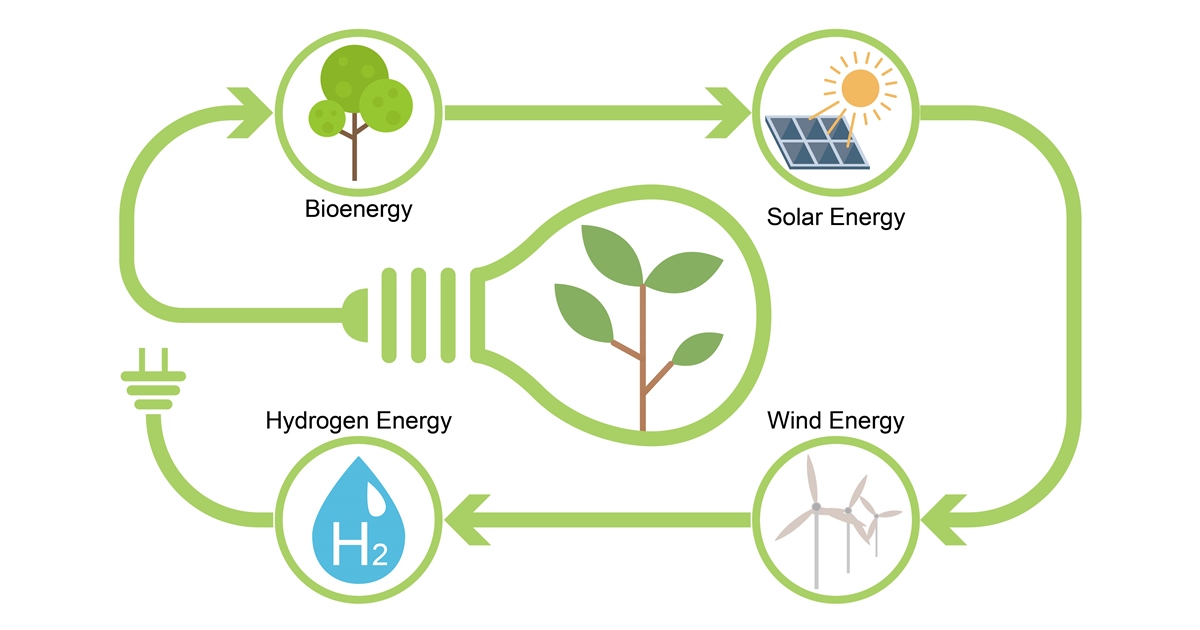
Revolutionizing the Energy Landscape
Clean energy technology stands at the forefront of a transformative shift in the way we generate, store, and consume energy. In this exploration, we delve into the innovative advancements driving the clean energy revolution and the profound impact it has on sustainability, efficiency, and the global energy landscape.
Harnessing the Power of Renewable Sources
At the core of clean energy technology is the utilization of renewable sources such as solar, wind, hydropower, and geothermal energy. These sources harness the Earth’s natural processes, providing a continuous and sustainable supply of energy without depleting finite resources. The harnessing of renewable energy represents a fundamental departure from traditional fossil fuels, marking a pivotal step towards a cleaner and greener future.
Solar Power: The Beacon of Clean Energy
Solar power technology has witnessed remarkable advancements, making it a prominent player in the clean energy landscape. High-efficiency solar panels, innovative solar tracking systems, and enhanced storage solutions have significantly increased the feasibility and accessibility of solar energy. Solar power not only reduces dependence on conventional energy sources but also mitigates environmental impact, paving the way for a solar-powered revolution.
Wind Energy: Turning Breezes into Power
Clean energy technology extends to harnessing the kinetic energy of the wind through advanced wind turbines. These turbines, equipped with aerodynamic blades and sophisticated control systems, efficiently convert wind energy into electricity. As wind power technology continues to evolve, it plays a vital role in diversifying the energy mix and reducing reliance on fossil fuels.
Hydropower: Tapping into the Flow
Hydropower technology capitalizes on the energy potential stored in flowing water. From traditional hydroelectric dams to innovative run-of-river systems, hydropower provides a consistent and reliable source of clean energy. The evolution of hydropower technology includes environmental considerations, ensuring that energy is generated with minimal impact on aquatic ecosystems.
Geothermal Energy: Earth’s Inner Heat
Clean energy technology explores the Earth’s inner heat through geothermal energy systems. Geothermal power plants tap into the Earth’s natural heat reservoirs to generate electricity. As technology advances, enhanced geothermal systems and geothermal heat pumps offer sustainable heating and cooling solutions for homes and businesses, contributing to a more balanced and efficient energy portfolio.
Energy Storage Solutions: Empowering Reliability
One of the critical challenges of renewable energy sources is intermittency. Clean energy technology addresses this challenge through advanced energy storage solutions. Lithium-ion batteries, pumped hydro storage, and emerging technologies like flow batteries enable the efficient storage of excess energy generated during peak production periods. These storage solutions empower a reliable and consistent supply of clean energy.
Smart Grids and Digitalization
The integration of smart grids represents a significant advancement in clean energy technology. Smart grids leverage digitalization and real-time data analytics to optimize energy distribution, enhance grid resilience, and accommodate the decentralized nature of renewable energy sources. This interconnected and intelligent energy infrastructure forms the backbone of a modern and efficient energy ecosystem.
Electrification of Transportation
Clean energy technology extends beyond power generation to the electrification of transportation. Electric vehicles (EVs) powered by clean energy sources contribute to reducing greenhouse gas emissions and dependence on fossil fuels. The synergy between clean energy and electric transportation is a pivotal step towards achieving a sustainable and eco-friendly mobility landscape.
Innovative Materials and Efficiency Enhancements
Advancements in materials science play a crucial role in clean energy technology. High-efficiency materials for solar panels, lightweight materials for wind turbine blades, and sustainable materials for battery production contribute to the overall efficiency and sustainability of clean energy systems. These innovations underscore the importance of a holistic approach to technology development.
The Future of Clean Energy Technology
As clean energy technology continues to evolve, the future holds exciting possibilities. Anticipated developments include even higher efficiency in solar and wind technologies, breakthroughs in energy storage capacity, and innovative solutions to address remaining challenges. The ongoing research and innovation in clean energy technology reaffirm its central role in shaping a sustainable and resilient energy future.
Embracing Clean Energy for a Sustainable Tomorrow
In conclusion, clean energy technology stands as a beacon of innovation and progress in the quest for a sustainable tomorrow. From tapping into renewable sources to leveraging advanced storage solutions and digital infrastructure, the evolution of clean energy technology is reshaping the energy landscape. Embracing these advancements is not just a choice; it is a collective commitment to building a cleaner, greener, and more sustainable future. To explore more about clean energy technology, visit Clean Energy Technology.
